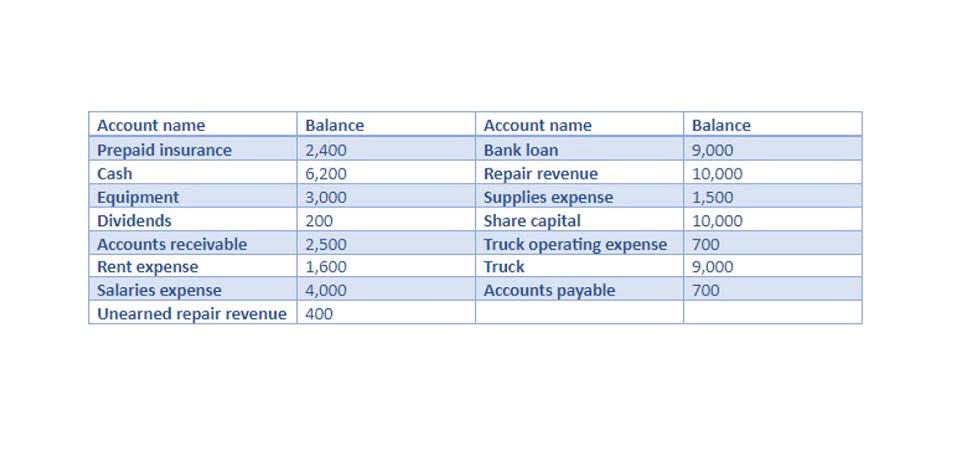
This is your opening balance and serves as the foundation for the current period’s statement. For example, if your retained earnings at the close of last year were $500,000, that’s your starting point. First, examine your company’s balance sheet or general ledger to determine the retained earnings for the previous year. If you are calculating your RE for the company’s first year, your Starting Period RE would be 0. Retained earnings will be carried over to the next year unless they’re used for something else.
- When you’re through, the ending retained earnings should equal the retained earnings shown on your balance sheet.
- Net income is found on your company’s profit and loss statement (also called an income statement).
- This helps with employee retention and job satisfaction, which stabilizes your company, too.
- A statement of retained earnings is an essential financial document that summarizes the changes in retained earnings for a specific period.
- By comparing retained earnings balances over time, investors can better predict future dividend payments and improvements to share price.
- Without it, you’ll make costly mistakes and invite an IRS audit, fines, or penalties.
What are the major challenges in preparing a Statement of Retained Earnings?
- To actually leverage the power of a statement of retained earnings, you must first know how the formula works.
- To ensure accuracy, it is crucial to maintain meticulous and up-to-date financial records throughout the accounting period.
- Additionally, complexities may arise from adjustments related to prior period errors or complex dividend policies, requiring careful attention and expertise.
- When losses surpass profits, a debit balance, also known as an “accumulated deficit,” occurs.
- If you do pay out, it reflects in your retained earnings as a reduction, affecting your equity’s bottom line.
- It is important to properly document and explain any adjustments made to retained earnings to ensure transparency and accuracy in financial reporting.
- The statement of retained earnings is one of four main financial statements, along with the balance sheet, income statement, and statement of cash flows.
They are recorded under the equity section of the balance sheet and can be used retained earnings statement for various purposes, including expanding operations, paying off debt, or investing in new projects. If you’re calculating retained earnings for the first time, your beginning balance is zero. Net income is found on your company’s profit and loss statement (also called an income statement).
Step 1: Determine the financial period over which to calculate the change
Whether reinvested internally or distributed through dividends, they retained earnings reflect a leadership team’s ability to balance profitability with shareholder value. A well-managed statement of retained earnings reflects resilience and ambition. For C-suite leaders, it’s a strategic tool that keeps you aligned with the company’s trajectory—ready to make decisions that drive immediate impact and long-term success. Take note of any dividends that were paid out to the shareholders during the year. This can also include dividends that were paid out in the form of shares in the company.

Walking Through the Retained Earnings Calculation

It’s the residue of past gains, standing ready to fuel future expansions, innovations, or even outlast tough times. It is important to note that while the layout can vary slightly, the essence of the information remains consistent. Understanding how the statement ties together with the company’s overall financial narrative gives stakeholders a clearer view of the company’s strategy and stability. It’s deceptively simple, but each line represents a story about the company’s profitability and how it chooses to use that profit. Here’s where eyes tend to linger and decisions begin to form based on how the numbers play out. We need to account for the prior period adjustment, which increases retained earnings by $10,000.

Calculated Net Income:

This is why you need to calculate retained earnings when building a three-statement model, even though you don’t necessarily need to model the entire statement separately. We have a comprehensive guide on the income statement where I explain how the net income is calculated. The statement of retained earnings—what we’re focusing on today—tells you how much of the current year’s earnings were distributed as dividends and reinvested into the business. The retention ratio (also known as the plowback ratio) is the percentage of net profits that the business owners keep in the business as retained earnings. Learn how to build, read, and use financial statements for your business so you can make more informed decisions.
Understanding the difference is key in making effective business decisions and conveying a truthful financial picture to stakeholders. Remember, you might have a mountain of retained earnings and still run into daily cash flow issues if that money is tied up elsewhere. It reassures shareholders about the company’s health, aligns them with management’s vision, and often, keeps them invested for the long haul. This scenario paints a portrait of Zippy Tech’s financial decision-making and growth. With the final number in hand, you can forge ahead with confidence, Accounting for Marketing Agencies knowing you’ve got a clear snapshot of your retained earnings—a vital part of your business’s financial narrative. Calculating the ending retained earnings isn’t just a mere formality—it’s a powerful indicator of economic endurance and fiscal foresight.